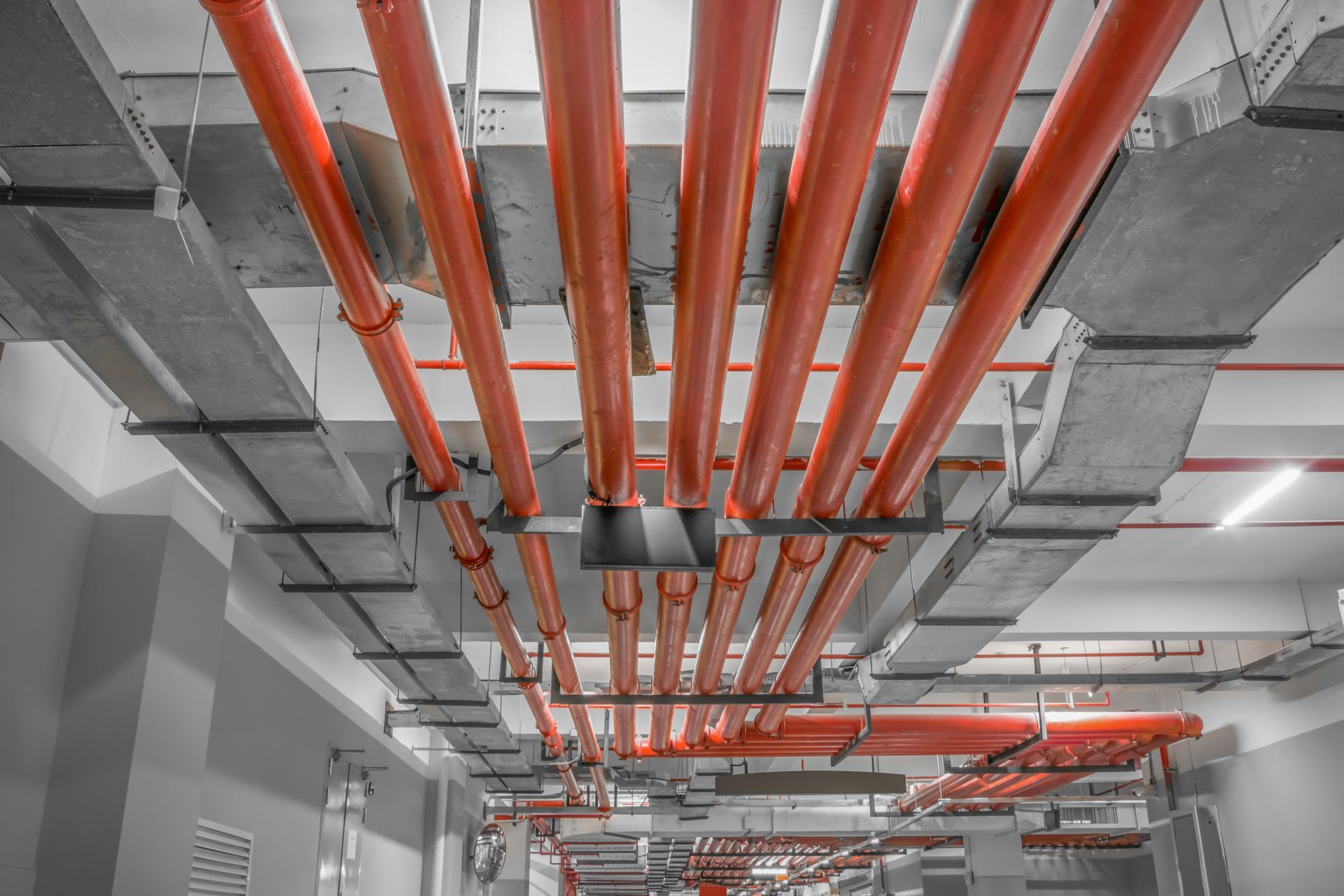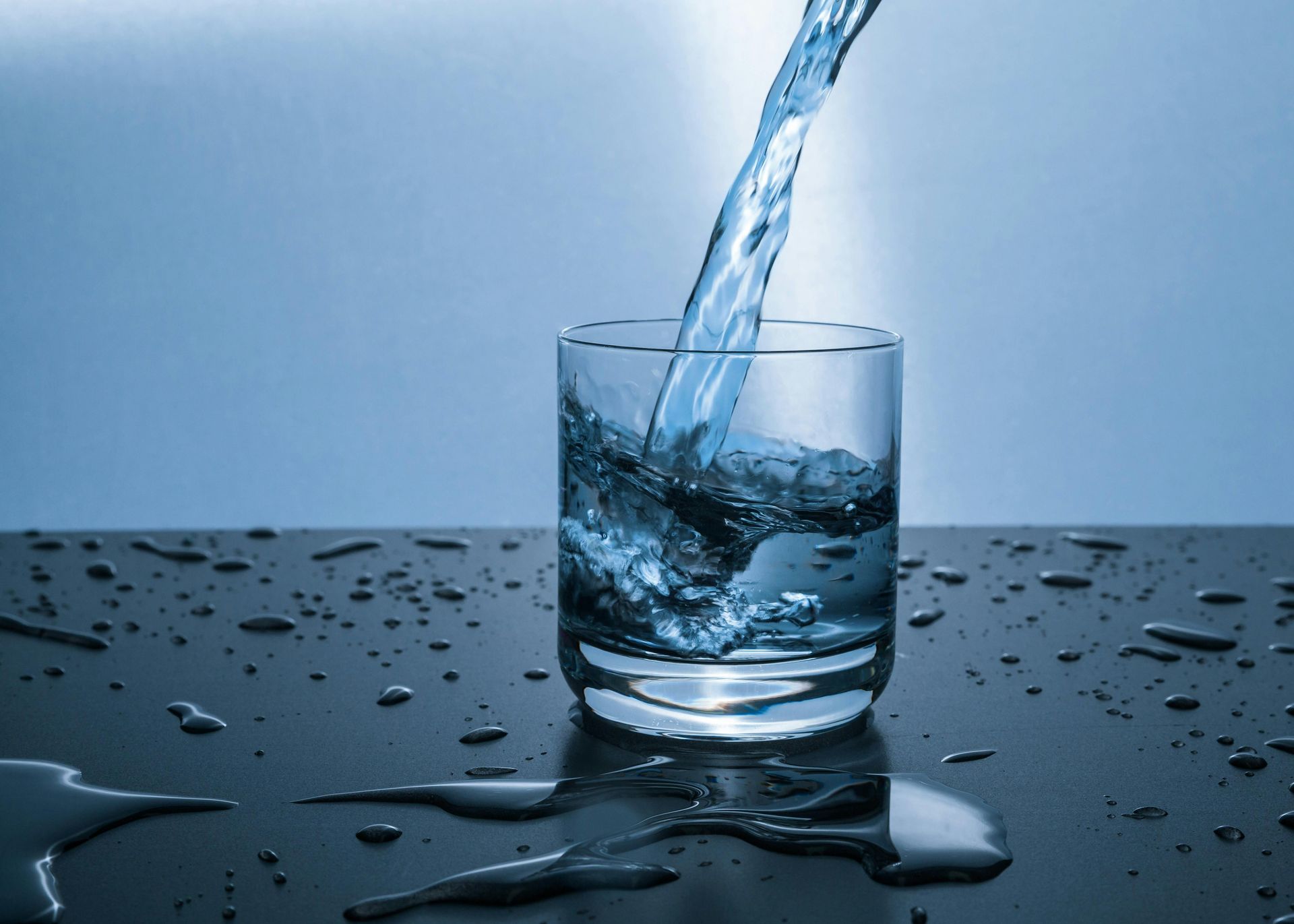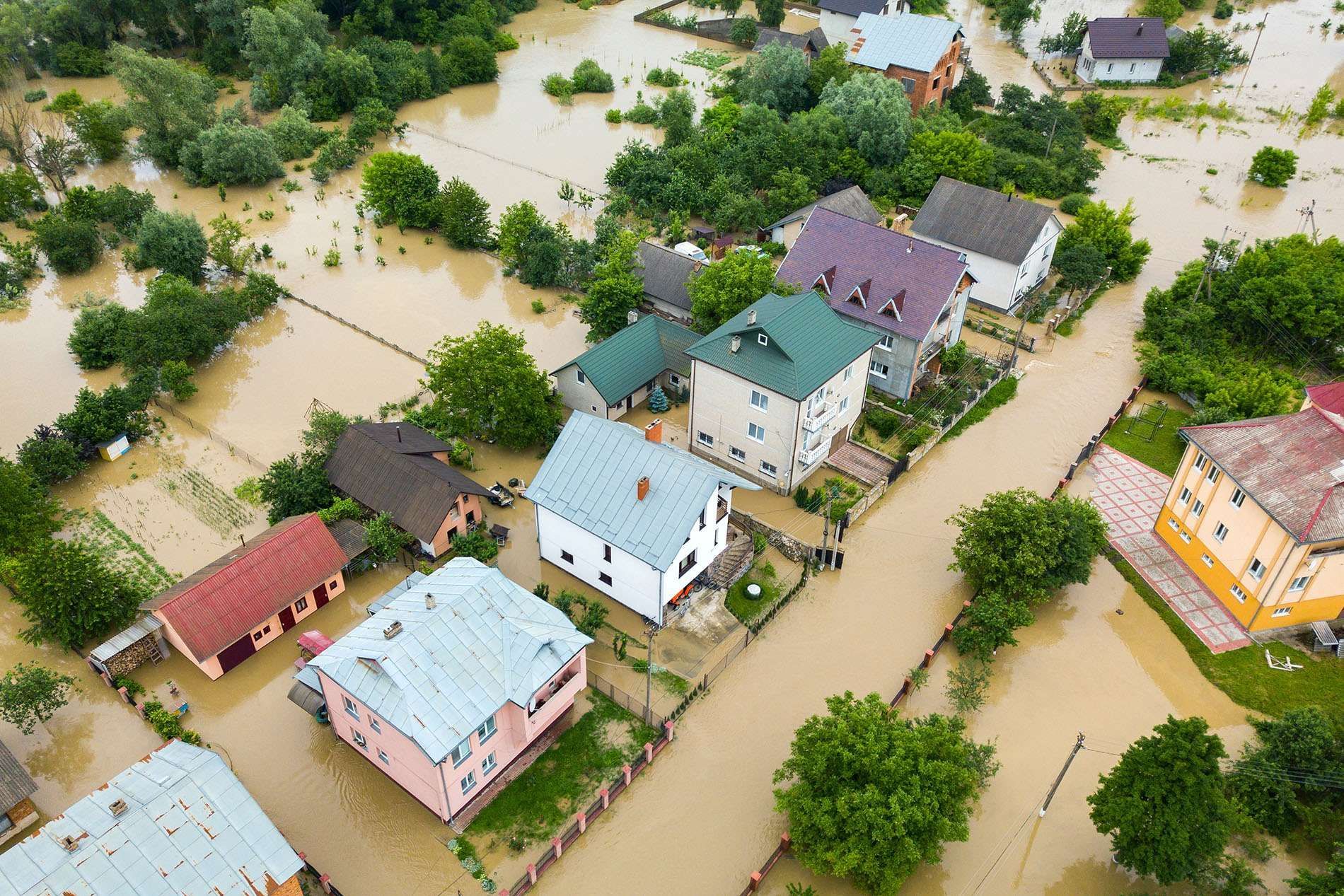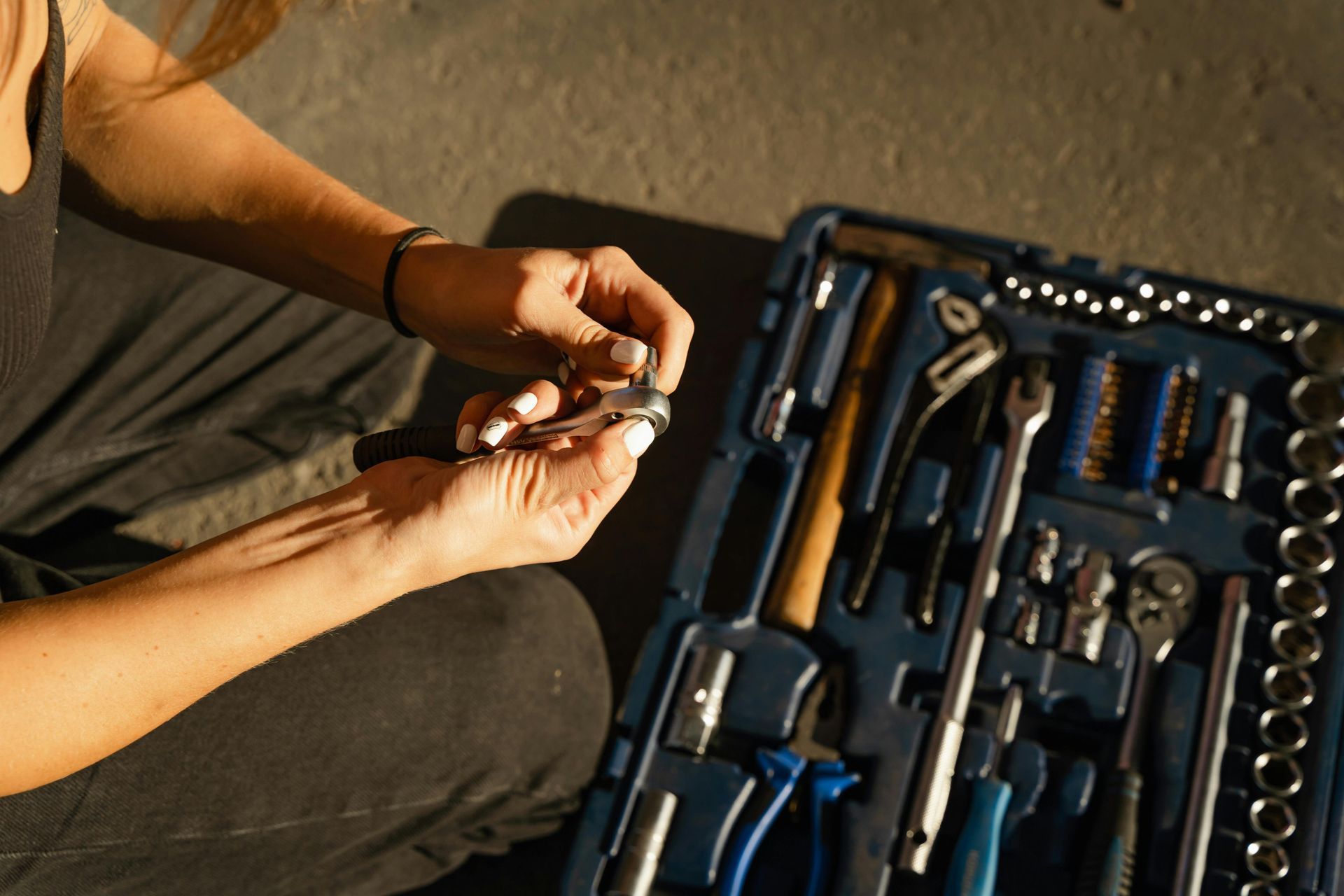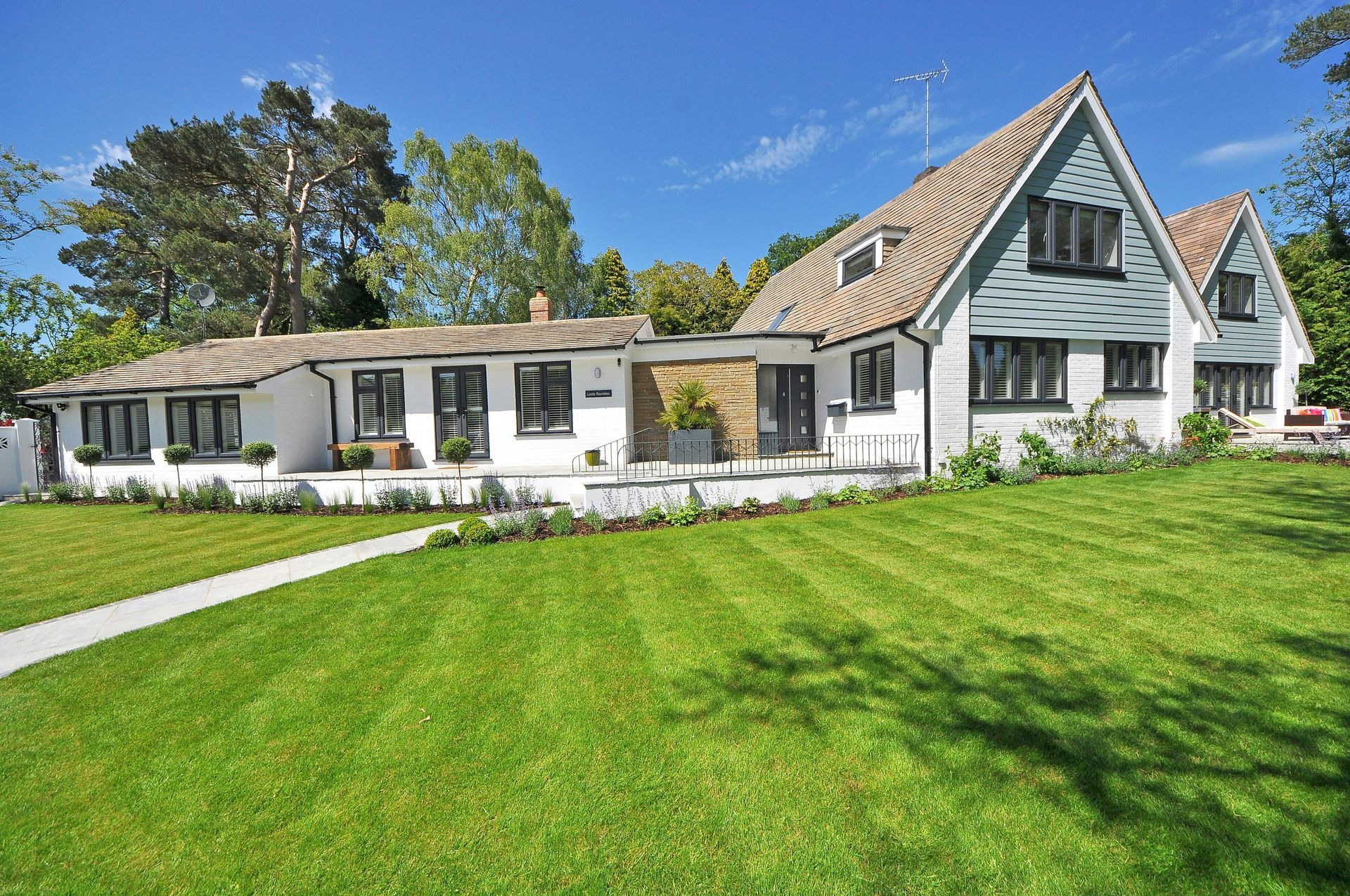Can You Patch a Sewer Line?
Sewer lines are the unsung heroes of your plumbing system, carrying waste and wastewater away from your home or business. But like any infrastructure, they are prone to wear and tear, tree root intrusion, ground shifting, and corrosion. When a sewer line develops a leak, crack, or minor break, homeowners often wonder: can it be patched, or does it need a full replacement? The answer depends on several factors, including the severity of the damage, the material of the sewer pipe, and local plumbing regulations.
Types of Sewage Line Repair & Replacement
What Causes Sewer Line Damage?
Before jumping into patching solutions, it’s essential to understand what causes sewer line damage in the first place. Sewer pipes can crack or break due to various reasons, including:
- Tree Root Intrusion: Tree roots naturally seek moisture, and if they find a small crack in your sewer line, they can force their way in, expanding the damage over time.
- Corrosion and Aging: Older pipes, especially those made from cast iron or clay, are susceptible to rust and degradation, leading to leaks and fractures.
- Ground Shifting: Changes in soil conditions due to extreme weather, heavy rainfall, or nearby construction can cause pipes to move or collapse.
- Clogs and Blockages: Over time, grease, food particles, and debris can build up inside the sewer line, putting pressure on the pipe and leading to cracks.
- Poor Installation: If a sewer line was not installed correctly, it might not be able to withstand pressure and environmental changes, leading to premature damage.
Can a Sewer Line Be Patched?
The good news is that some sewer line issues can be patched instead of fully replaced. If the damage is minor, temporary fixes or targeted repairs may be sufficient. However, the extent of the problem and the material of the pipe will determine if patching is a viable solution.
Methods of Patching a Sewer Line
1. Epoxy Lining and Trenchless Patching
Epoxy pipe lining, also known as cured-in-place pipe (CIPP) lining, is one of the most effective methods for patching sewer line cracks. This method involves inserting a resin-coated liner into the damaged section of the pipe. Once in place, the resin hardens, sealing cracks and reinforcing the pipe’s structural integrity. The advantage? Minimal digging, reduced labor costs, and a long-lasting solution.
2. Sewer Pipe Sleeves
For small cracks or leaks, a sewer pipe sleeve can be used as a patch. A sleeve is a flexible wrap that is inserted into the pipe and expanded to create a tight seal around the damaged area. While effective for minor issues, this is generally a temporary solution until a more permanent repair can be made.
3. Spot Repairs Using PVC or Metal Patches
In some cases, if a localized crack is identified, plumbers may use a piece of PVC or metal patch to seal the damage. This method involves cutting out the damaged section and attaching a patch using waterproof sealant or clamps. It is a labor-intensive option but can work for smaller issues.
Risks Involved in Patching a Sewer Line
While patching might seem like a quick fix, there are some risks involved, including:
- Temporary vs. Permanent Fix: A patch might solve the problem temporarily, but if the underlying issue is severe (such as pipe corrosion or extensive root intrusion), a full replacement may be needed.
- Hidden Damage: A small visible crack might be a sign of more extensive damage that isn’t immediately apparent.
- Local Code Restrictions: Some areas have strict plumbing codes that may not allow patching as a long-term solution.
- Recurring Issues: If the original cause of the damage isn’t addressed (such as persistent tree root invasion), the patch may not hold for long.
When Should You Replace Instead of Patch?
While patching can be a great temporary solution, sometimes a full sewer line replacement is the best course of action. Here are situations where replacement is preferable:
- Extensive Corrosion: If more than one section of your sewer line is corroded, a patch won’t be sufficient.
- Multiple Leaks or Breaks: If there are several damaged areas, replacing the entire pipe is more cost-effective in the long run.
- Severe Tree Root Intrusion: If roots have infiltrated multiple sections, patching may not stop the problem from reoccurring.
- Old and Fragile Pipes: If your sewer line is made of outdated materials such as clay or cast iron, it might be time for an upgrade to PVC or HDPE.
Preventing Future Sewer Line Damage
To avoid costly repairs in the future, consider these preventive measures:
- Regular Inspections: Have a plumber inspect your sewer line every few years using a sewer camera.
- Proper Waste Disposal: Avoid flushing grease, wipes, and other debris that can lead to blockages.
- Tree Root Management: Be mindful of where trees are planted, and use root barriers to prevent intrusion.
- Install a Sewer Cleanout: A sewer cleanout provides easy access for maintenance and minor repairs.
- Water Pressure Monitoring: Sudden pressure changes can weaken pipes over time.
Conclusion: Is Patching Worth It?
If you’re dealing with a minor sewer line issue, patching can be a great temporary or even semi-permanent solution. However, it’s essential to assess the overall condition of your plumbing system before deciding on a fix. In some cases, a small repair today could lead to bigger problems later if the underlying issue isn’t resolved. Consulting with a professional plumber will ensure you make the best decision for your home’s long-term plumbing health.
So, can you patch a sewer line? Yes, but only if the damage is minimal and properly assessed. For anything more significant, a full replacement might be the smarter, more durable choice.


